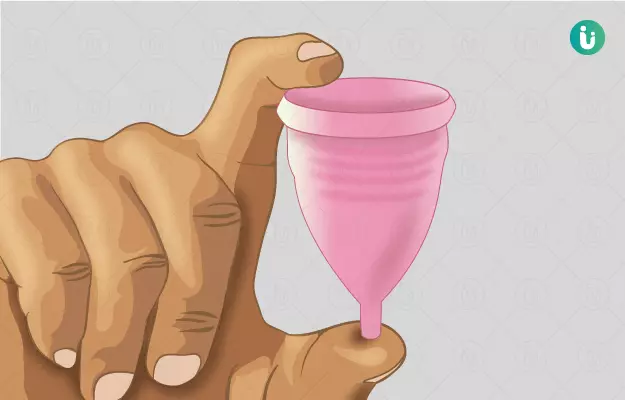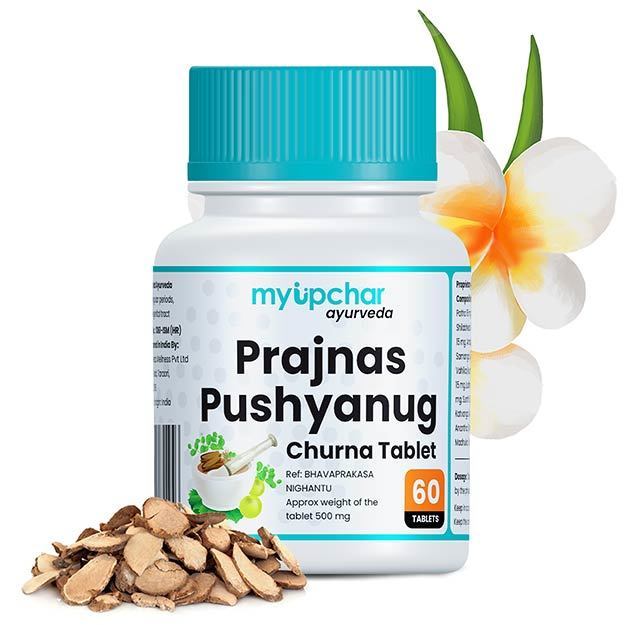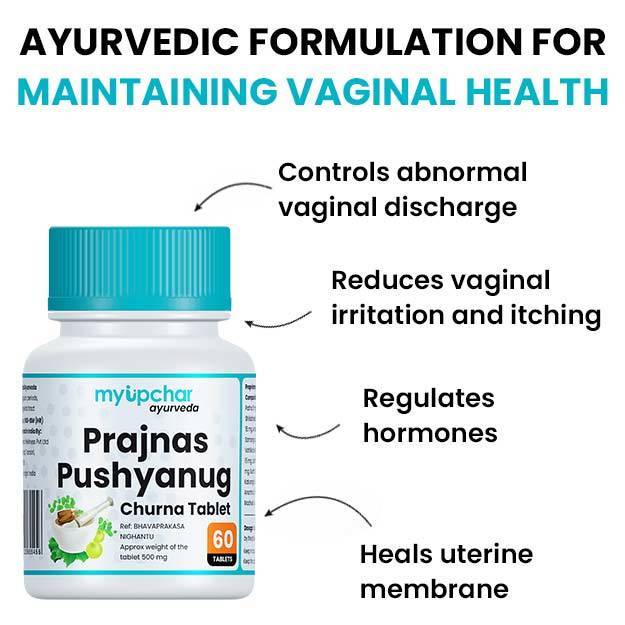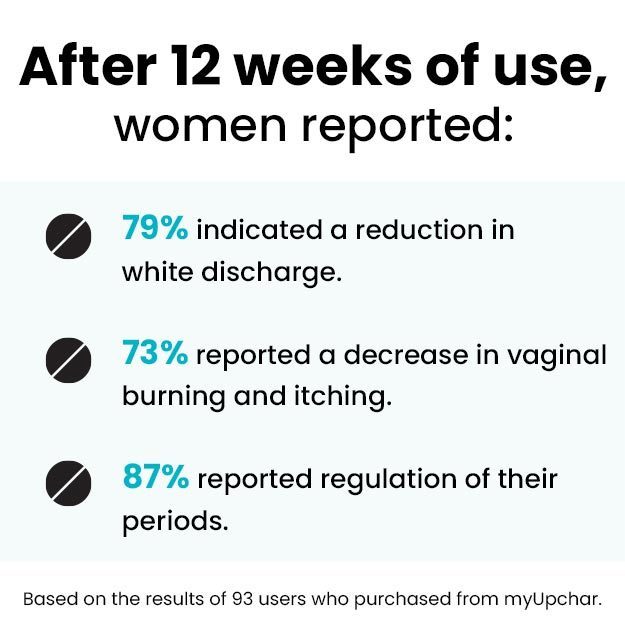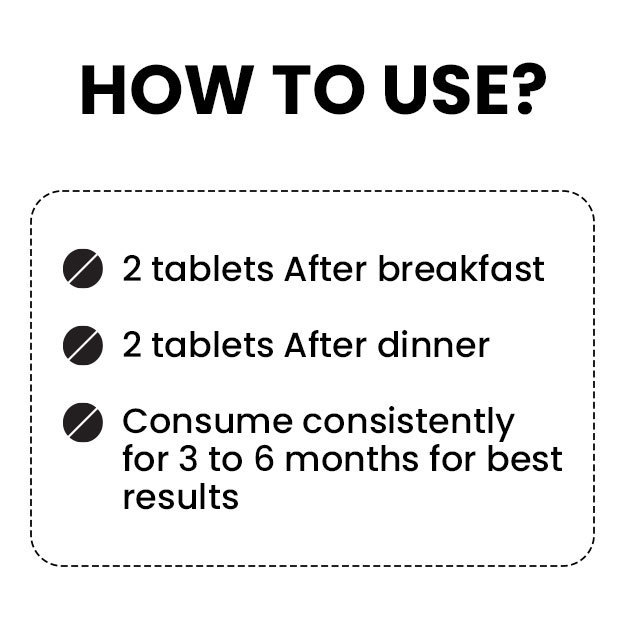A menstrual cup is one of the many female hygiene products used during menstruation. It is a small, flexible, funnel-shaped plastic device that is designed to be fitted into the vagina and collect menstrual blood. What makes them stand out from other hygiene devices is that they are completely reusable.
Once full with menstrual blood, menstrual cup can be easily removed, cleaned and reinserted. This makes it quite a cheaper alternative to tampons or sanitary pads. Despite this, menstrual cups or rubber cups are less popular among women because of the myths related to their use and due to lack of knowledge.
This article is meant to guide you on how to use a menstrual cup and states its advantages. Disadvantages or risks of menstrual cups have also been discussed along with availability and price in India.


